Water Quality Procedures In Zoos/Aquariums
I love writing about what goes on behind the scenes at our animal facility; most visitors don't fully realize the amount of work that goes on, relating both directly and indirectly to the animals, and I'm thrilled to be able to share that information here on steemit. When you visit a zoo, aquarium or other animal facility, you are likely to see staff members engaging in all kinds of work. Of course, being in the animal care profession, the majority of our day goes to feeding, cleaning and, if necessary, medicating animals, while also providing animal enrichment and public outreach programs. Extra time (what little there is) is spent carrying out basic chores and tasks, like sweeping, washing dishes, and doing copious amounts of laundry. All of this is generally quite obvious or directly observable, but there is a lot of work that goes on that can't really be seen and goes largely unnoticed by he public...yet these tasks are critical to the well-being of our animals and success of the facility. Today, I wanted to talk about one of the most important unseen tasks of zoos and, especially, aquariums: water quality.

We use an almost unimaginable quantity of water on a daily basis. All of our animals need a clean supply of drinking or bathing water every day, and many of our exhibits have water features such as waterfalls or ponds to more accurately reflect their native habitat. Most exhibits need regular mistings or showers to promote plant growth; some have to be kept consistently wet for animals that can only survive in a moist environment (such as amphibians). And that's just our terrestrial exhibits; we have dozens of aquariums, some as small as 30 gallons, all the way up to our Chesapeake Bay Aquarium that holds an impressive 30,000 gallons of water. These exhibit require routine cleaning, which entails partial draining and refilling; every week we go through hundreds of thousands of gallons of water (not even including water used for meal prep and cleanup!)! However, there is far more to the water process than hooking up a hose and filling the exhibits; a lot of effort goes into preparing water for animal use.
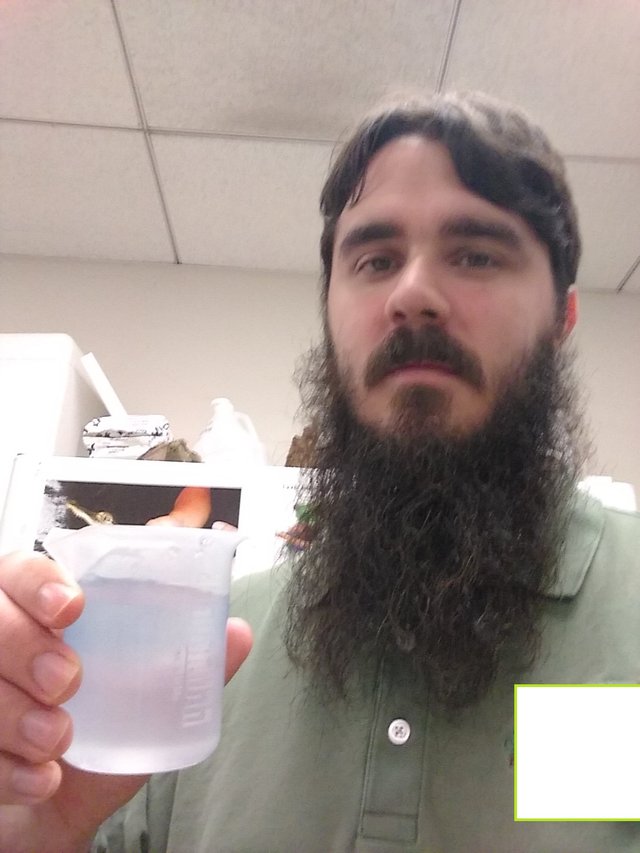
Behold! In my hands I hold...a cup of Newport News tap water. This is where our water supply comes from. Now tap water is usually not bad stuff; it's tested to assure that it is safe for public consumption. The problem is it's only tested for human consumption; this stuff is awful for many animals (don't panic, pets like dogs and cats are fine!). Sensitive animals, especially fish and amphibians can be killed by the chlorine, fluoride, nitrates and hormones that are found in our water. In small quantities, these contents do not harm humans and can indeed be beneficial, keeping our water relatively pure. However, these same contents can have drastic effects on other animals; a semi-recent study found that male bullfrogs can be turned into fertile females by being exposed to the estrogen in our drinking water, and the amount of estrogen required for that transformation is only about 1/3 of what we allow in "safe" drinking water! So as it stands, tap water cannot just be added to our exhibits and enclosures!
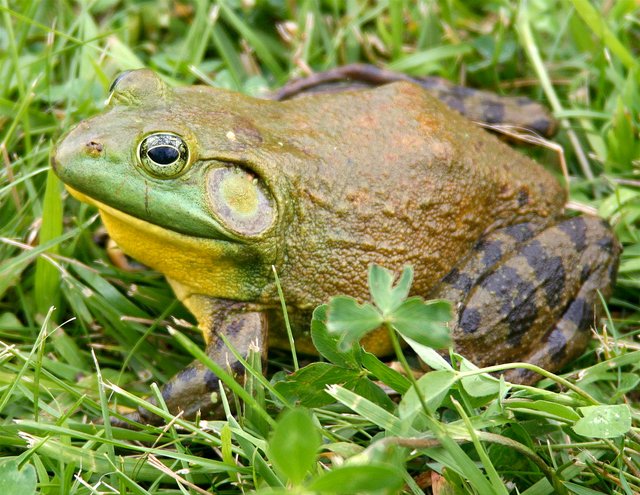
To begin making the water safe for our animals, we fill a massive reservoir pool with tap water. This reservoir is a closed, circulating system, and the water is constantly moved through filters that will remove many of the particulates in the water. A small amount of sodium thiosulfate is added to the water which neutralizes chlorine and other nasty components; you can actually smell the difference in the water after it passes through! The reservoir filters are also filled with bio-balls, small plastic spheres that are covered in beneficial bacterial colonies that promote good exhibit and animal health. Once tap water is added, it must circulate through this system for at least 24 hours before it can be used in any life support system (this process is repeated roughly every three days)! Water that has been deemed okay for use is either put into exhibits or sent off to the saltwater mixing tanks where aquatics staff will prepare it for marine animals.
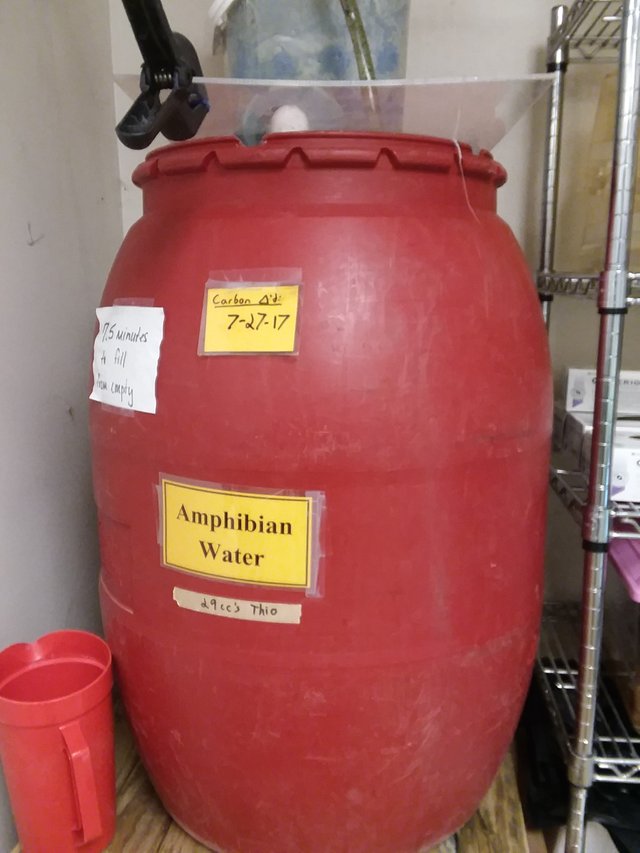
Our amphibian water barrel is a smaller form of the reservoir system. It combines sodium thiosulfate, bio-balls and activated carbon to produce quality clean water for our amphibians.
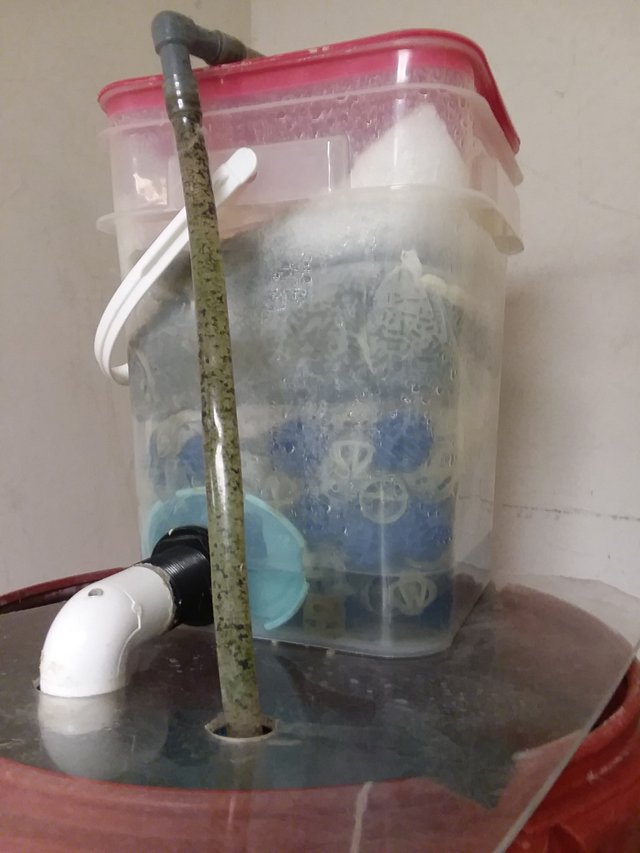
This "bio-tower" isn't the most beautiful structure, but it's filled with critical purificating bacteria and activated carbon!
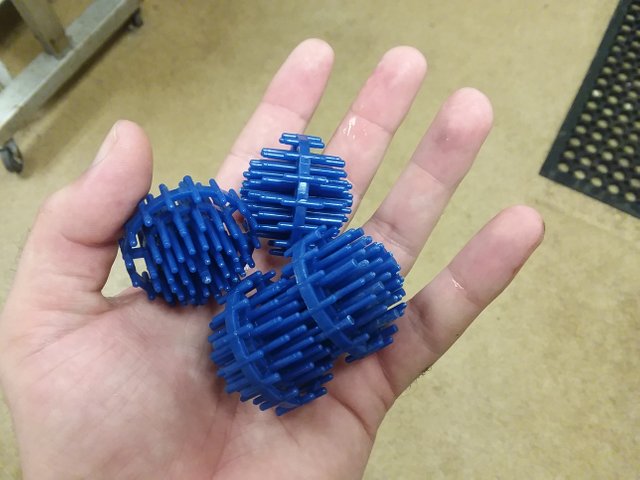
They may look like children's toys, but the surface of these bio-balls are covered in colonies of beneficial bacteria. Each exhibit may contain anywhere from a few dozen to a few thousand of these bio-balls!
Water Chemistry:
Every week, we perform water quality chemical tests on every aquatic system, checking pH balance, turbidity, temperature, salinity, and ammonia and nitrate levels. Once the tap water has been in the reservoir for 24 hours, it too is tested by the same means to determine if it is safe for exhibit use. Using a photometer and a salinometer, animal care employees and volunteers can determine which exhibits require an immediate water change and keep track of any unusual changes to water quality. If water quality is lower in a certain exhibit, that enclosure may require a more frequent cleaning schedule.
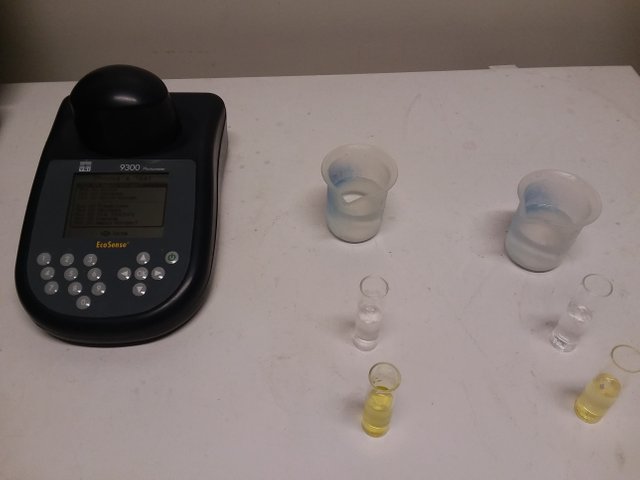
In the photo above, you can see 4 test tubes filled with water. The yellow test tubes are the ammonia test; the darker yellow or green they turn, the higher the level of ammonia in the water. The clearer tubes are the nitrite test, and these will grow dark pink or even purple with high quantities of of nitrites (fortunately, these are pretty clear!). The tubes are them put through the photometer with passes a beam of light through the sample, quantifying the levels of both ammonia and nitrites in the water samples.
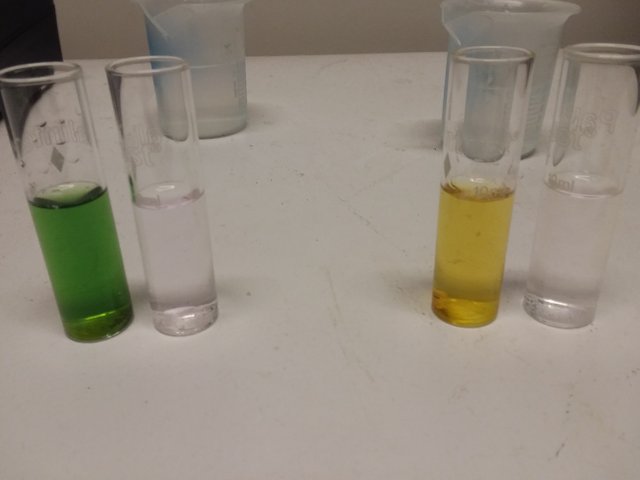
I couldn't resist sharing this one! The tubes on the right are water samples from our Cypress Swamp Exhibit, arguably one of the dirtiest exhibits in the museum (it houses a LOT of animals). The tubes on the left? Water straight from the tap!
Pumps and Plumbing:
Our work space is a semi-hazardous labyrinth of hoses, pipes and tubes. Pumps of all shapes and sizes full the museum with a dull, almost white noise hum. Pleat filters, charcoal filters, UV filters, and sand filters keep the water clean and debris free, keeping animals nice and healthy and exhibits clear and visible for guests. Care staff routinely gravel wash the exhibits, siphoning particulates out of the water and substrate, and replace filter pleats to keep filters working at maximum efficiency.
What the public sees...
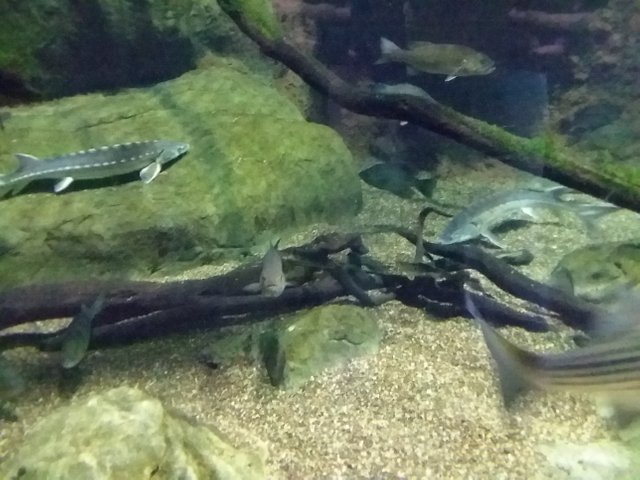
...and what we see.
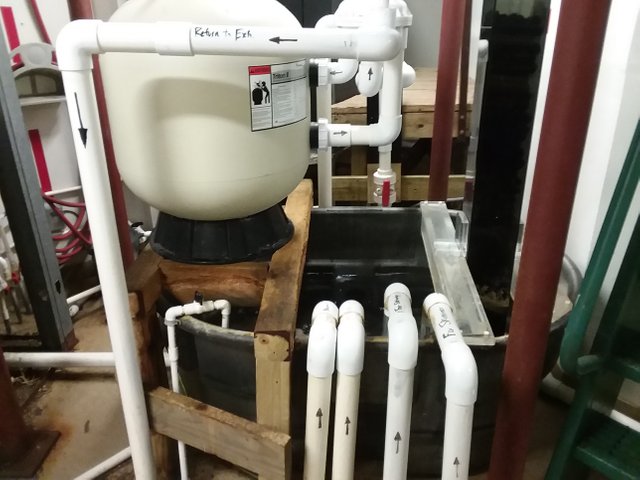
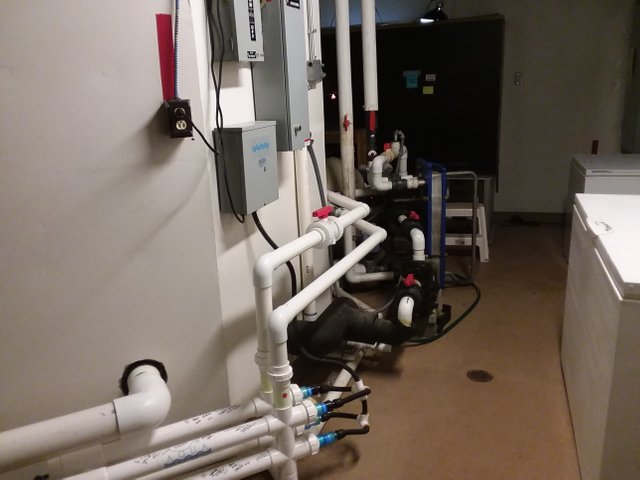
Water Disposal:
So we've purified our water, added it to an exhibit, kept it clean, and now we are siphoning out the "dirty" water. That's it right? Sort of; you see, we can't just dump the water down the drain. It's been in contact with dozens of animals, and has been exposed to all sorts of bacteria and parasites among other filth. We even have animals here at our facility that can't be released because they are known carriers of diseases and are safely quarantined here. So pouring the water down the drain would be incredibly irresponsible! Fortunately there is an easy way to purify the outgoing water: we run it through this guy.
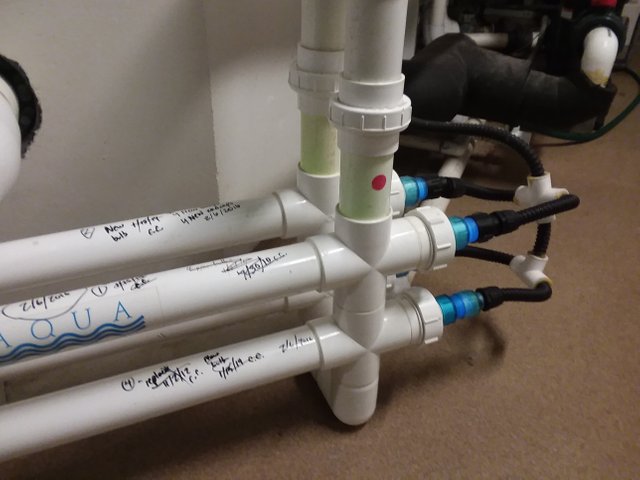
It just looks like another series of pipes among countless other pipes, right? So what's so special about it? When we turn off the lights, it's easy to see how this thing operates.
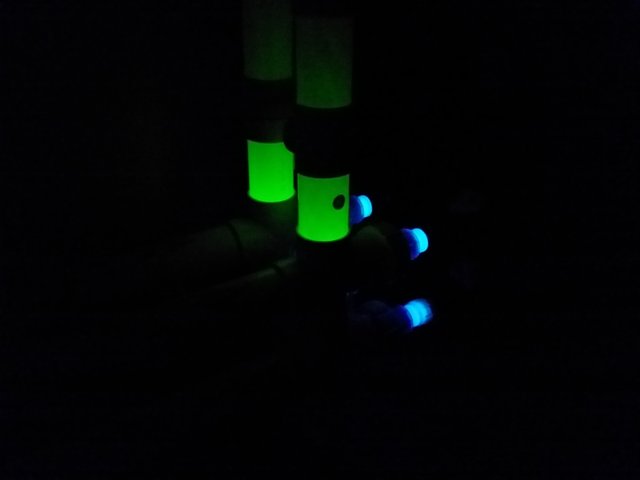
This is a UV purification system. As water runs through, it is blasted with ultraviolet radiation, killing all the nasty stuff in the water as it leaves the exhibit. This ensures that nothing gets past us and back to our local ecosystem. And this bad boy isn't just for outgoing water; many of our exhibits feature these systems in addition to pumps and filters, routinely sterilizing the water as it circulates!
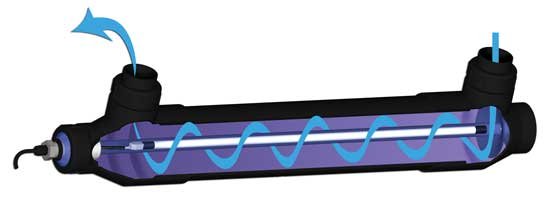
There is a lot of unseen work that goes on behind the scenes at your local zoo or aquarium. It really goes to show the level of care that goes into our husbandry; most of our work will never be noticed by guests, but is crucial to keeping animals alive and healthy. Next time you visit an animal facility, take a moment to look beyond the animals, and imagine the work that goes on just to keep things clean and operational. No doubt some zoo keepers and maintenance technicians are working their butts off to raise these animals right, and make your visiting experience all it can be! It's not glorious work (heck, I have a minor in chemistry and I find it tedious), but if it keeps our animals happy and healthy, we are always happy to do it!

Having had aquariums with tropical fish and a few episodes with the Triops, I only know too well what you talk about.
Getting the water right for the animals needs is a very delicate business, and getting it wrong quickly leads to total desaster.
One problem is - I think I spoke about this before - that clean doesn't equal suitable for the animals. Here in Germany, we don't use Chlorine or Fluorine in drinking water, and else its also pretty clean. However, using it for aquariums requires a lot of preparation, to provide a healthy micro-boilogical environment for the fish. If you would drink the stuff, you may spend the next 2 days on the toilet, but the fish need it like that.
That makes it extra difficult if something goes wrong with the water. You cant simply replace the bad water by fresh, clean water - that would kill the fish as well.
The Triops are pretty particular with their water, too, especially for getting them to hatch and then grow out of their juvenile stage.
To hatch they need almost destilled water, without any salts or minerals at all. As juveniles they need water with certain bacteria and algae in it, because thats what they can eat. They are incredibly small at first. Strangely enough, they are extremely tough once they have their adult form. They can live in clean water or mud water, it can be 20C or 33C - they dont care, as long as there is enough food around. And they can eat just about everything that is soft enough.
This is fascinating, especially the part about bullfrogs switching genders after being exposed to lower levels of estrogen than we've determined is safe for humans.
Great post. I have a hobby keep ornamental fish in aquarium. Thank you for sharing knowledge @herpetologyguy
My partner keeps koi and would go crazy for your filtration system!
Greetings friends! I recently found an excellent test for lead in water and want to share my discovery. This test helps you quickly and easily check lead levels, providing an extra layer of safety in your water use. I purchased it from a home improvement store and was pleased with the results. If you have questions or are interested in how to test for lead in water, I am willing to share my experience and provide additional information!